Queer Filth: A Roundtable
Four queer artists reflect on cheapness, trash, and dirt as an exploration of survival
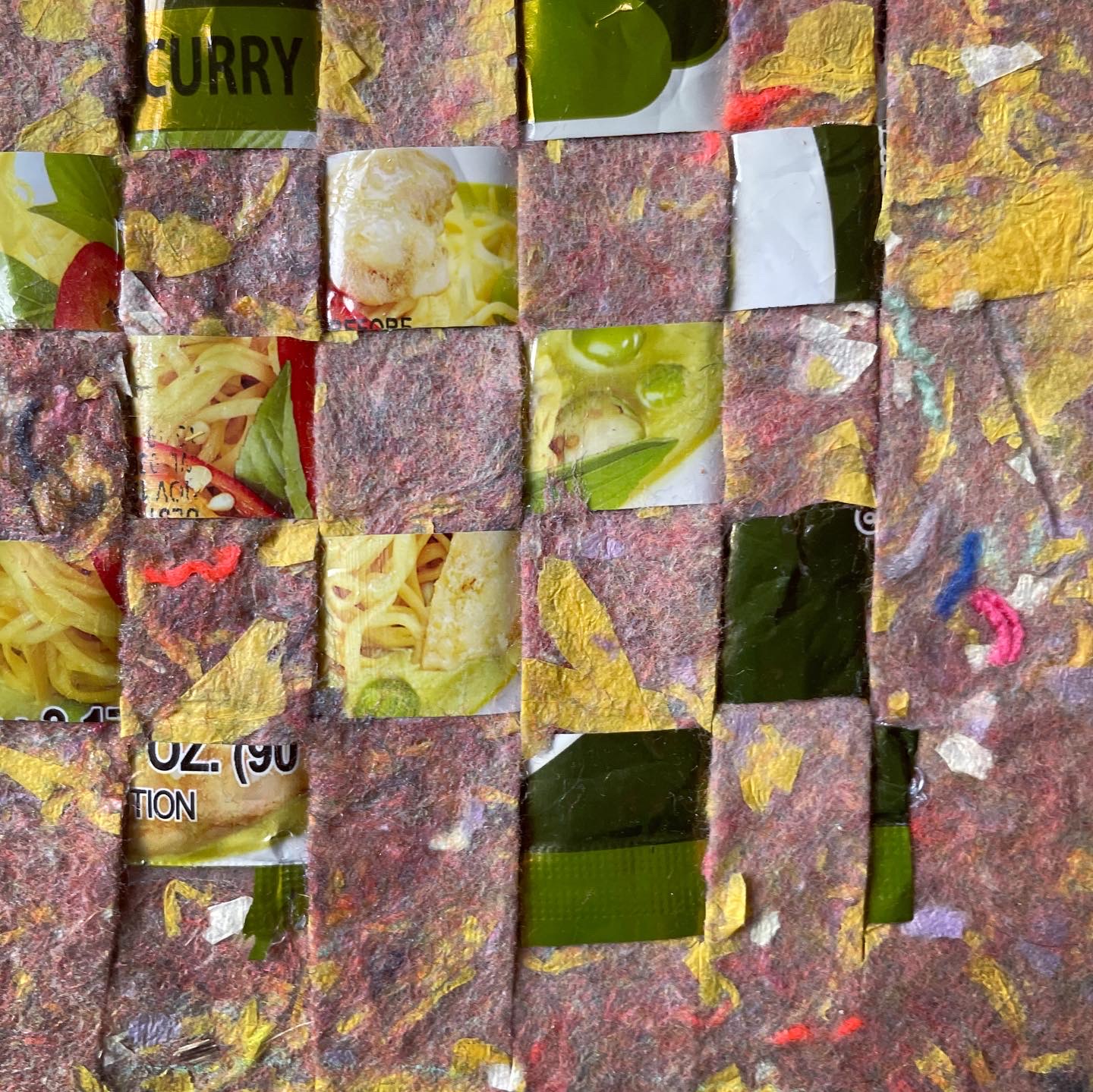
introductionThe COVID-19 pandemic has changed our social considerations of cleanness and hygiene in ways that we will surely be grappling with for years. The context of isolation, as well as an immense focus on hygiene and sanitization, has brought thoughts of reveling in filth to the front of my mind.
As a queer and trans immigrant, a chronically ill person, and former sex worker, I belong to communities that have long been positioned as contagions by the state. The rhetoric of cleanliness and order are wielded by the state towards xenophobic and eugenicist ends. Last year, as Joe Biden deployed war metaphors to talk about the virus and the hundreds of thousands of people who died due to state negligence, I thought about the ways that my friends and I take care of each other. I read Street Transvestite Action Revolutionaries: Survival, Revolt and Queer Antagonist Struggle and David Wojnarowicz’s memoir Close to the Knives. I remembered bathroom hookups and stick-and-pokes and messy queer performance art. I thought about pleasure as defiance, and filth as sacredness.
In David Davis’s newsletter on the artist David Wojnarowicz, they write: “David, sainted victim of the plague of his time, was more than brave—he loved pleasure and fucking and gay people. He loved himself, before and after. That is how he survived, even when he died.”
This is an exploration of survival, wrapped in grime. In our discussion of cheapness, trash, and dirt, queer artists Valerie Olivero, Nailah Taman, and Aggy K reflect on their art practices and gesture towards filth as a way through.
Aegor Ray
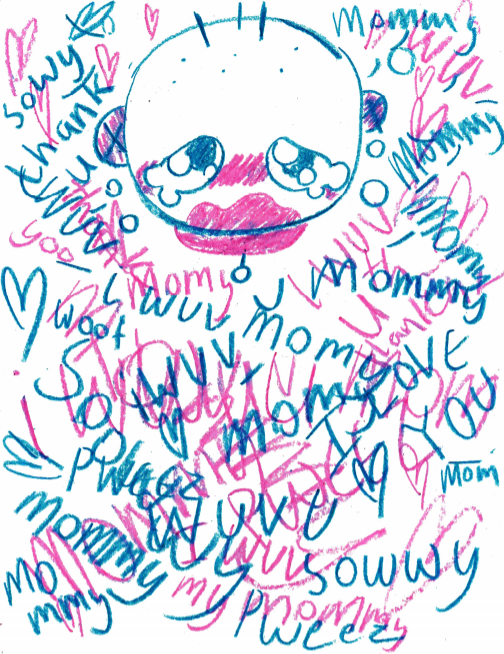
Aggy K, image from Puppy Milk, 2018. Image courtesy of the artist. 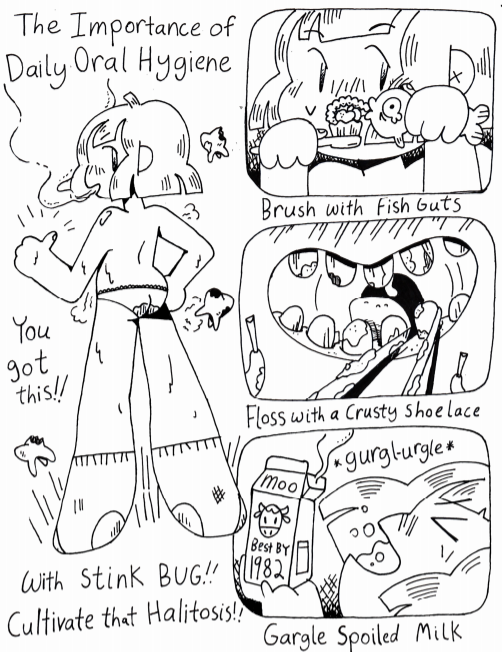
Aggy K, image from Pwaygwound, 2019. Image courtesy of the artist. 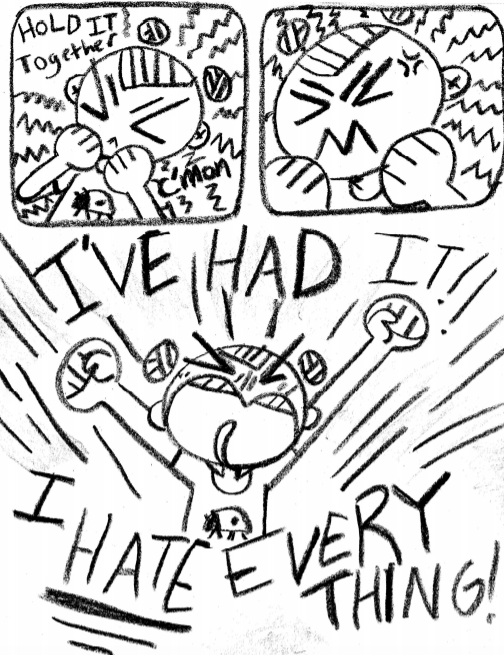
Aggy K, image from Stupid Puppy, 2017. Image courtesy of the artist. 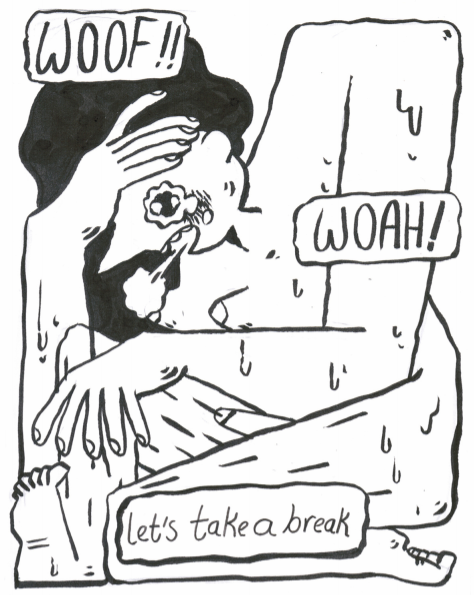
Aggy K, image from Bossy Bottom, 2016. Image courtesy of the artist.
AEGOR RAYSo let’s start with the seasons and with the pandemic. It’s spring, and everything is melting, and it’s such an exciting part of the year but also so filthy, with all of the trash becoming visible. How have you been experiencing filth and dirt this time of year, one year into the pandemic?
VALERIE OLIVEIROI found this after the snow melted—someone’s ID.
NAILAH TAMANWhat is their eye color?
VOBrown.
AGGY KLast year, there was a melt and I found a dead rat that was halfway stuck in the snow, halfway melted out of it. Clearly a snowplow had come by and revealed this rat that had frozen to death.
NTNow that there’s an end in sight with the pandemic, I’ve been thinking a lot about things that I miss from the “before.” I miss going by the Triple Rock on days like this, because the snow melts and it’s so fucking disgusting. It’s just miles of cigarettes on that corner of that intersection by 94 and for days there’s just this mass of tar.
AKI feel weirdly nostalgic for the beginning of the pandemic. This time last year was everyone pulling in really hard.
NTAt the beginning of the pandemic, I was walking down to the river. I was learning to spend time outside by myself. I started collecting things and looking at shapes and just being, because there was nowhere else to be. Even in nature, I’m still always drawn to the trash. I’ll still always see that orange piece of plastic that’s underneath that branch first, and I don’t know why, but I’m not going to stop.
VOThe pandemic has manufactured acts like coughing and sneezing with connotations of, “Stay away, get away from that person.” Suddenly your body’s natural response to either protect itself or keep you comfortable becomes something you have to hyper analyze and control. You’re creating different patterns.
AKNose picking is totally out.
VOThe tape line stickers on the ground that tell you where to be and where to stand, to organize bodies. You know in like two years that those objects of organization are going to be trash.
NTThe things that are keeping us in order will be trash in the future. I’m thinking about going to the convention center and standing in a line and everyone has to spit in a tube. It’s this physical release that is still so tied to shame, in a way. Like, people can shame you if you showed up somewhere and didn’t get tested. It’s different from seeing someone spit on the sidewalk and the type of shame that some person projects onto them. The iterative process of it—is it different from the shame that happens at the grocery store when someone sneezes and you jump a little? I’m just curious about the learned physiology of these instances.
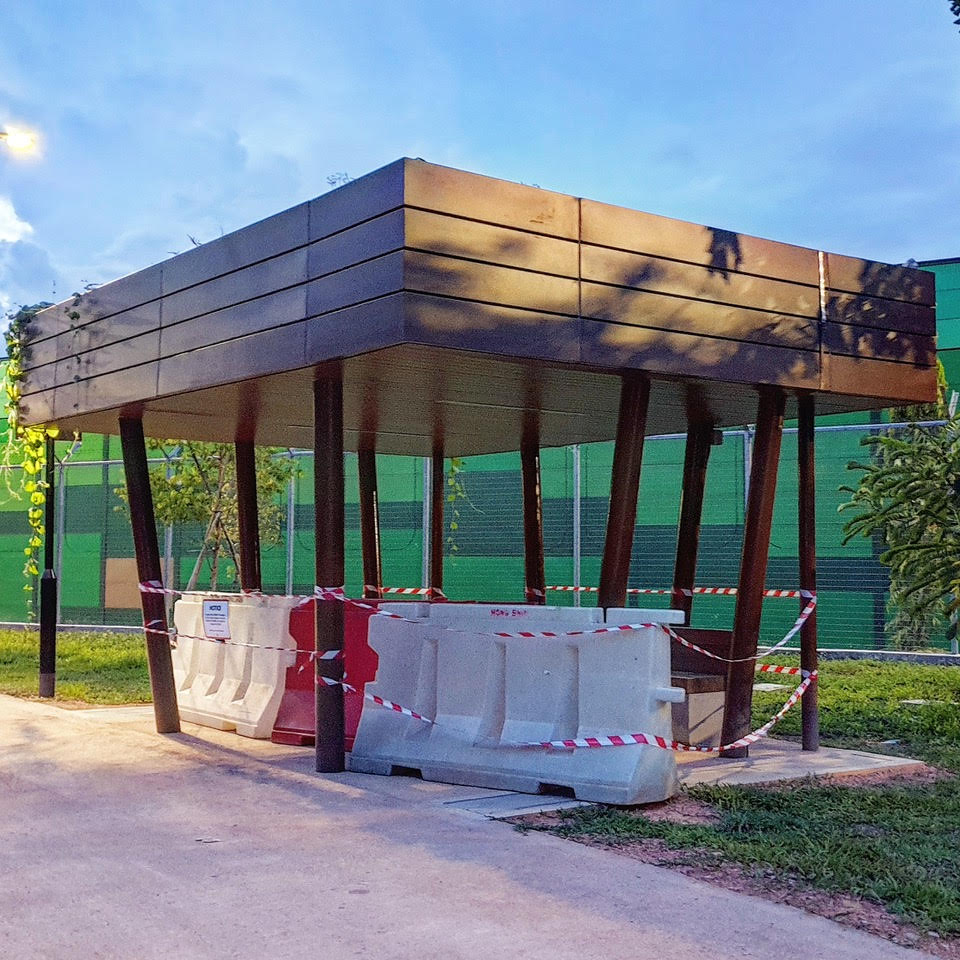
Valerie Oliveiro, Isolation Walking Still #1, 2020. Image courtesy of the artist. 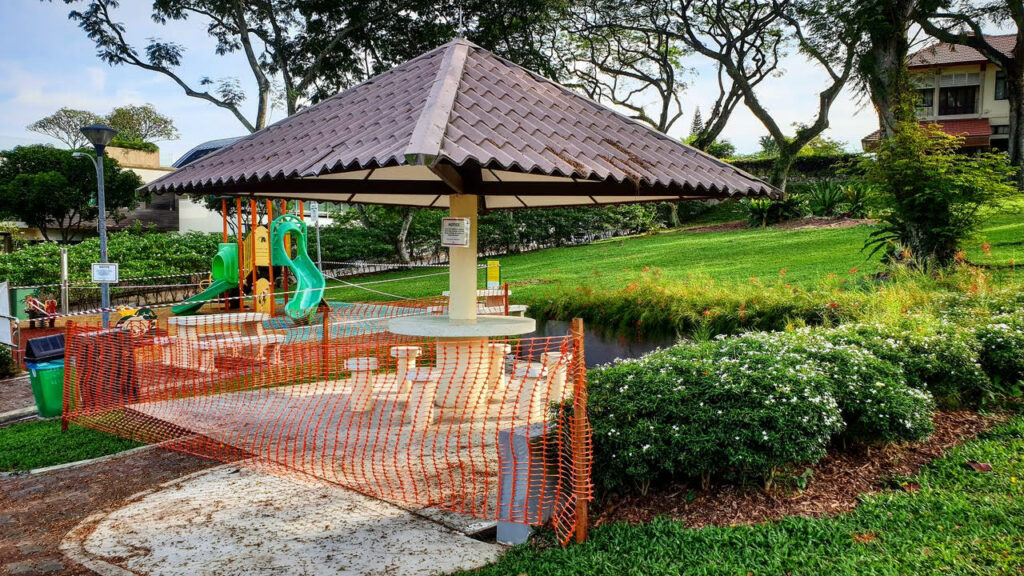
Valerie Oliveiro, Isolation Walking Still #2, 2020. Image courtesy of the artist. 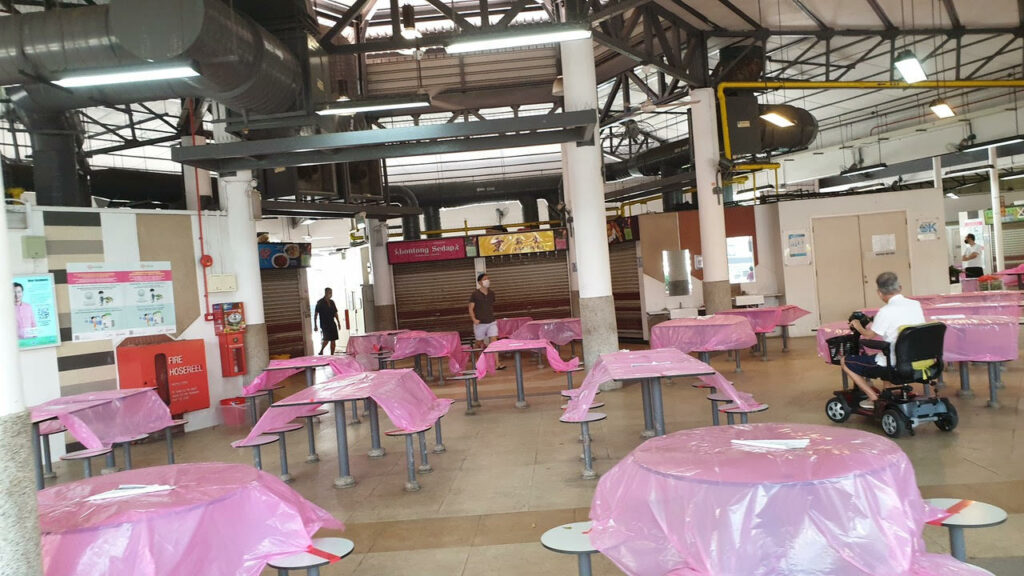
Valerie Oliveiro, Isolation Walking Still #3, 2020. Image courtesy of the artist. 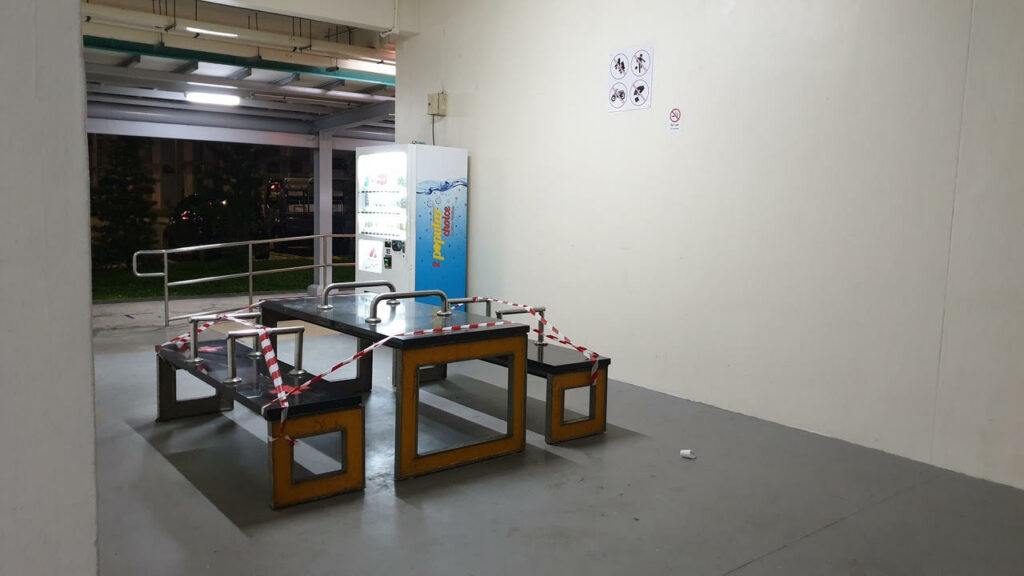
Valerie Oliveiro, Isolation Walking Still #4, 2020. Image courtesy of the artist.
ARI want to talk about cheapness. Aggy, could you talk about how you make your comics?
AKI tend to buy a ream of cardstock because it’s like $10 for a couple hundred pages. I use one nice thing, blue Col-Erase pencil. I ink with InkJoy gel pens. They’re not super cheap, but they’re super shopliftable. You can buy or steal a bunch and they don’t last very long. I have a bunch that have stopped working. I feel like using shittier material helps you think better about what you’re doing. I’ve stopped correcting spelling mistakes. I’ve stopped whiting out mistakes. I just don’t think it would get done otherwise.
NTIt’s all purity anyway. Why did anyone decide language has to be the way people have said it is?
AKIt’s also leaning towards neurotypical ideas to have grammar be a certain way.
NTWe use the resources we have. I was taught to wash out Ziploc bags because of my family. You don’t have to spend money. At Home Depot, there are two bins to the left of the wood cutting section, and all you have to do is ask them to write your name on it and they’ll let you leave the store without paying anything.
VOI started using photos again in my work. In the last few years, I’ve used only free or cheapie printing services—like 80 prints in the 4” x 6” format. I feel like that kind of format creates a certain kind of object that has really transformative value.
NTThere’s something in cheapness that is magic. I love to go to eBay and type in “dreams” or “stars” and go to “under $5” and look at all the cheapie stuff—not even to buy anything. It’s so beautiful, just to look at how the doll furniture is arranged.
AKI love zine culture a lot and Xerox machines. Mass distribution from independent artists is much more special to me than one masterpiece. I want reproducible art that can just be dumped to the masses.
VOIn thinking about cheapness in the sense of values—when I was younger I was taught to not give yourself away too easily. Like, people need to earn your love and physical affection. It got in the way of my own needs. I’ve had to undo a lot of patterns. I used to not be good at affirmations, like giving praise and stuff like that. Not portraying or feeling cheap has gotten in the way of joy in parts of my life.
Cheapness has something to do with value. Value really, really fluctuates depending on the circumstances I’m in. It changes the lens through which I make. I was also thinking about language. In my mother’s dialect, the different parts of the woman’s body are used to insult. All the curse words are about submission and genitalia. A way to get another man into a fight is to feminize them—to devalue them by feminizing them.
AKI have so many thoughts about feminization. I’m a transsexual woman, and a lot of trans women come to realize their sexuality through sissy cross-dressing porn. And this act of feminization, through being brutally humiliated through fetish, is a way a lot of people realize their identity. I grew up as a boy—a really effeminate boy. For me, the degradation of being feminized has so much salvation in it, too. My work deals a lot with feminization and resistance to it. Femininity is really devalued in our culture but it’s also really freeing. There’s a lot of cheapness and gaudiness associated with feminine glamour and extravagance. I feel like being harassed for femininity was a gateway for more femininity.
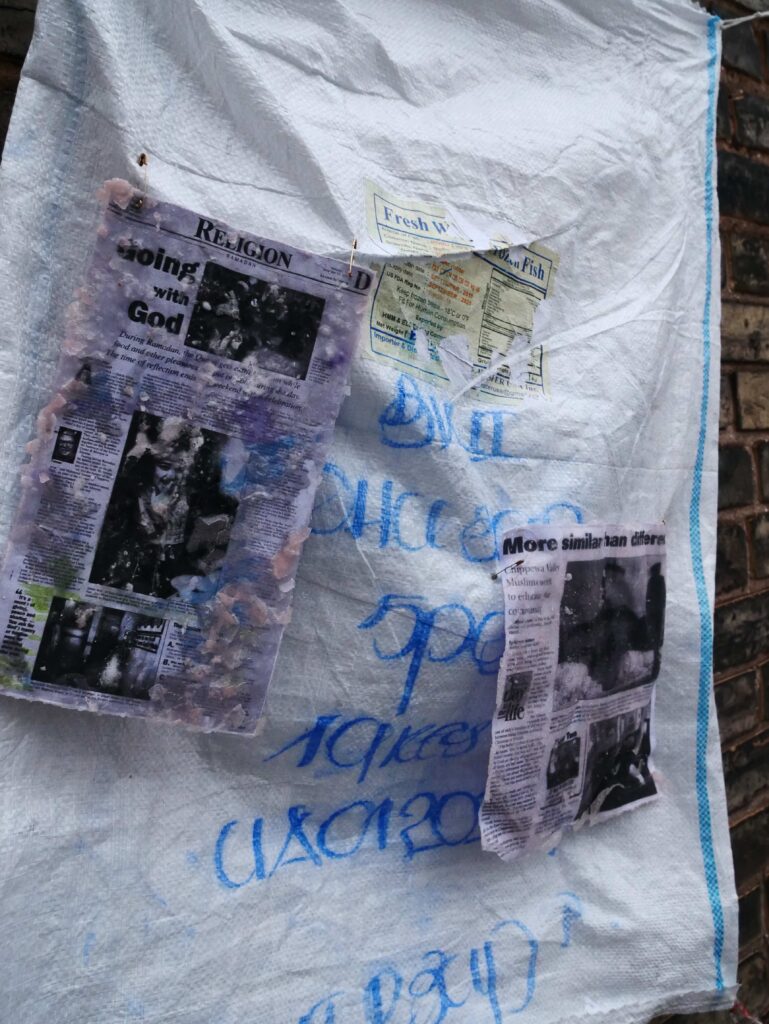
Nailah Taman, Sugar Archiving, 2020. Image courtesy of the artist. 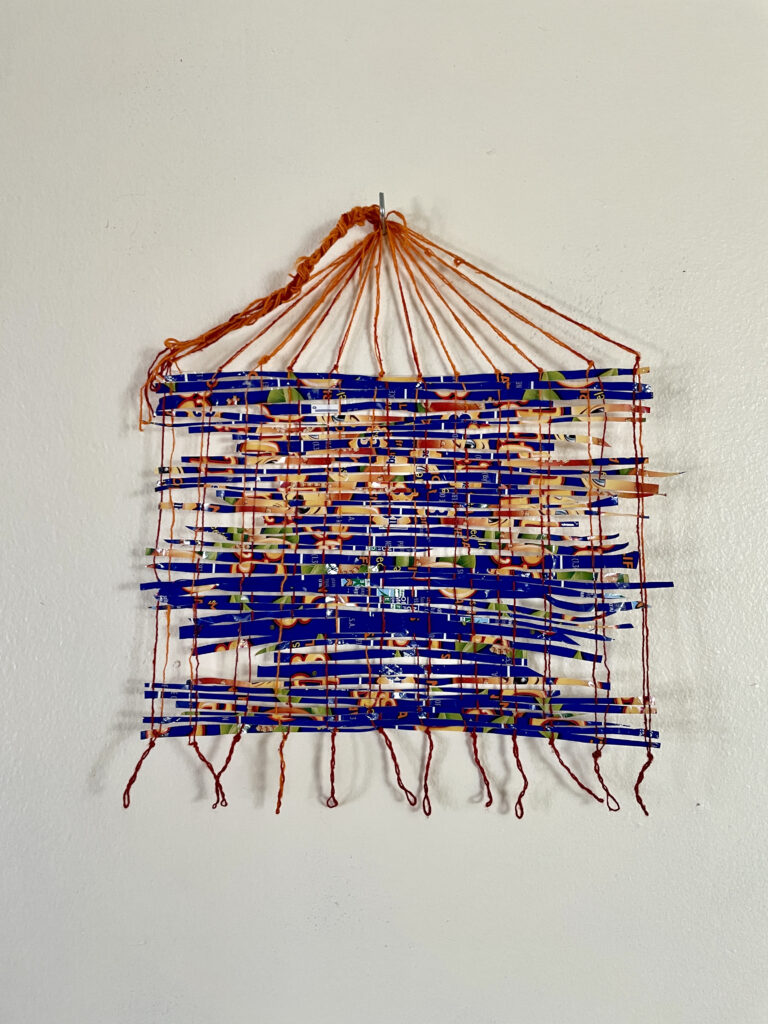
Nailah Taman, Packaging Weaving Series, 2020. Image courtesy of the artist. 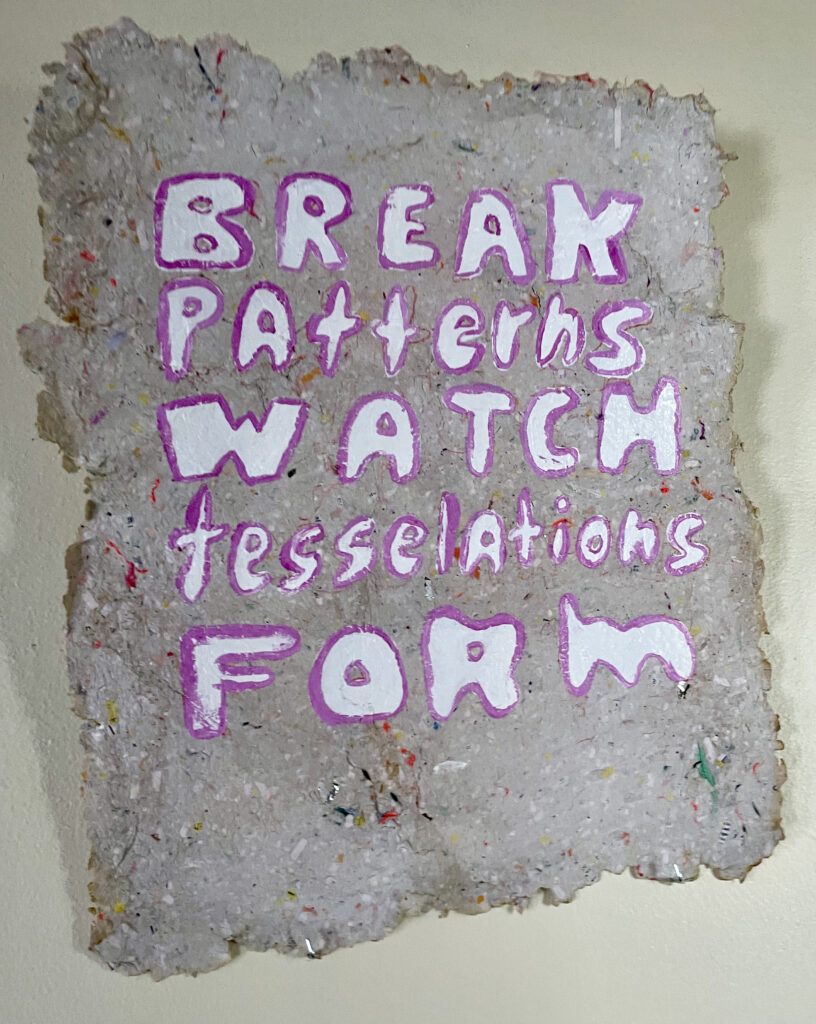
Nailah Taman, Affirmations Series, 2021. Image courtesy of the artist. 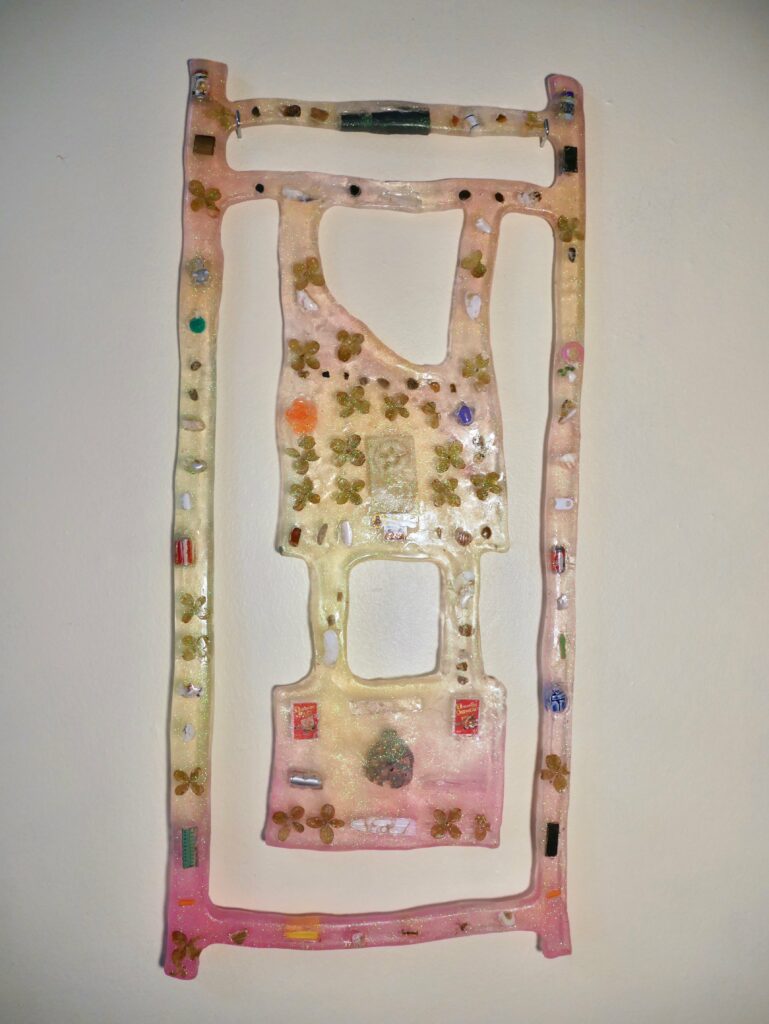
Nailah Taman, Aloe Vera Bottle Study, 2020. Image courtesy of the artist. 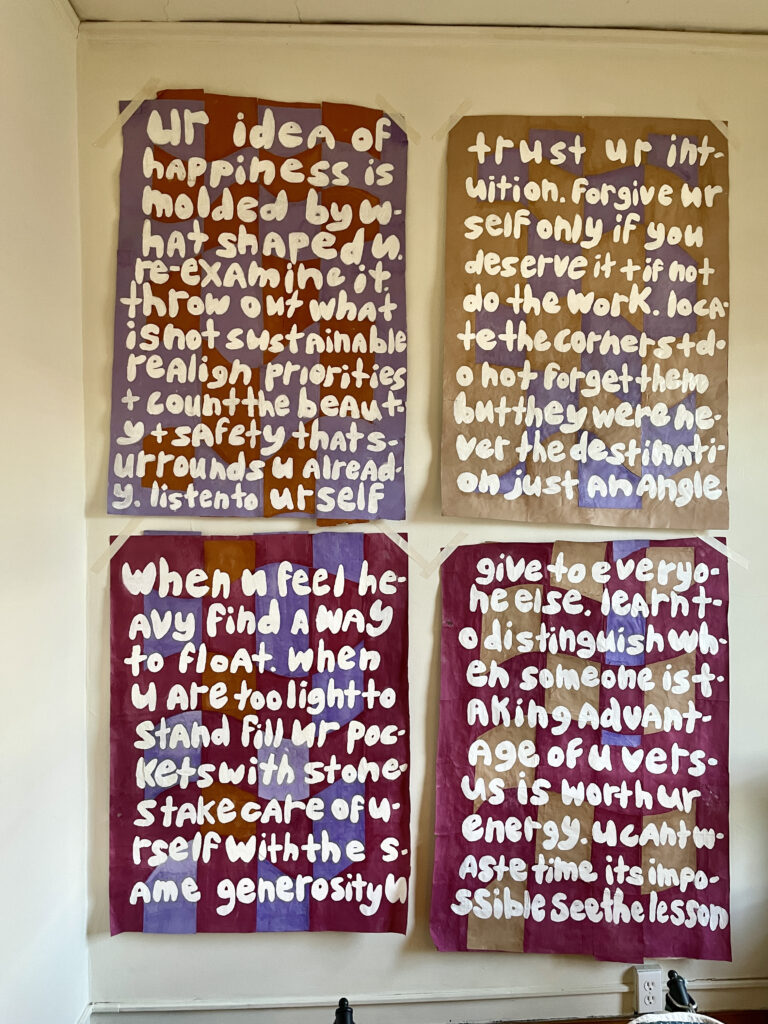
Nailah Taman, Manifestations Written on The Disgraced Mayor’s Trash, 2021. Image courtesy of the artist.
NTEverything we’re talking about—raunch or trash—it’s all ways we self actualize. As we oppose purity, we find salvation.
I’ve experienced so many ego deaths in my life. I gave myself my first sober ego death as a gift. I’m trying to kill the things within myself that push me to assimilate, because that isn’t at all what I want, even if it’s pushed on me. It’s such a release, like peeing and spitting, to recuse yourself from assimilating.
VOI’m collaborating with different artists and one of the things we have been working on is answering the question, “What is toxicity?” There’s this idea that there is some way that a place can be toxic. I also found out that golf courses become toxic because of the chemicals that go into maintaining that green surface. And it’s this contamination from maintenance.
Another idea that comes up is the almost-cliché idea in queerness of people being cast out.
NTWe are all just really upset with the systems that do not serve us. The maintenance required to keep up a golf course is not only poisoning the land, but that land itself is stolen. And that land is not what we should even be doing with that space because people need homes. These systems are so fucked up, and we should be building our own new systems out of trash and out of filth, because those are going to be the systems that serve us for the first time. I want queer people to know they should be making art out of whatever they can find easily, repurposing and reframing and gluing together, because that’s how we are actually going to heal and build a world that’s meant for us.
AKI have some thoughts about hygiene. People really believe that the way people express themselves is indicative of who they are as an entire person. People react wildly disproportionately to things that they perceive as yucky or bad. I feel like so much art I see lately looks like it could be on Netflix, especially in comics and cartoons. It’s all instructional, a feel-good representation. In trans art, there’s this expectation that you have respectable, good characters, who are good people, who aren’t freaks, and that exception is just not held for cis creators. Trans women are being directly harassed for making art based on their lives when they don’t make every represented individual perfect. I feel like people who are willing to express work that is outside the norm are at actual, dangerous risk, and it’s creating damaging environments in art.
VOA long time ago, I was at MoMA and this Chinese artist Song Dong had a major show. It was his mother’s stuff, and his mother came from a scarcity mentality, so she kept everything, like 10 one-sided flip flops, and matchbooks from different restaurants. What is perceived as trash is a kind of organization or presentation, and then suddenly it’s not trash, so I’ve been thinking about that as a frame—the assembling and reorganizing and re-lensing of objects that someone else designated as trash, and wanting to feel filth and trash to access pleasure. Accessing actual filth and trash creates such an instinctual revilement, and at the same time, once you’re there you access so much more. You access that rejection, and you access yourself more. It’s almost a paradox.